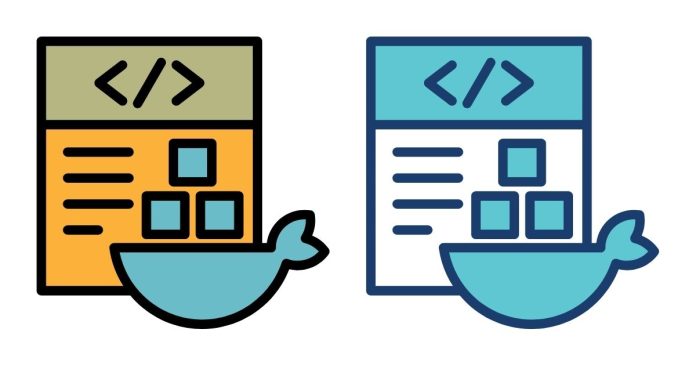Docker has become an indispensable tool for containerization, enabling developers to encapsulate applications and their dependencies in lightweight, portable containers. As usage grows, so do the complexities of deployment scenarios, including the increasingly common practice of running Docker from inside a Docker container, often referred to as “Docker-in-Docker” (DinD). But is this approach advisable? Let’s explore its pros, cons, and alternatives.
What Is Docker-in-Docker?
Docker-in-Docker is the practice of running Docker commands inside a container that has access to Docker’s CLI and daemon. This setup can be achieved in two main ways:
- DinD Mode: Running a separate Docker daemon inside the container. This is done by starting the
dockerdprocess within the container itself. - Docker Socket Binding: Mounting the host’s Docker socket (
/var/run/docker.sock) into the container, allowing the container to interact with the host’s Docker daemon directly.
Benefits of Docker-in-Docker
- Isolation for Build Processes: In CI/CD pipelines, DinD is often used to run isolated build environments, avoiding dependency conflicts between the host and the containers.
- Consistency Across Environments: Developers can mimic a full Docker environment within a container, making it easier to reproduce issues and test solutions.
- Ease of Deployment: DinD simplifies deploying containerized build systems by encapsulating Docker as part of the pipeline’s runtime.
Challenges and Risks
While DinD can be advantageous, it’s not without challenges and potential pitfalls:
- Security Concerns:
- Docker Socket Binding: Exposing the host’s Docker socket to a container gives it full access to the host system, effectively bypassing container isolation.
- DinD Mode: Running a Docker daemon inside a container increases the attack surface and potential vulnerabilities.
- Performance Overhead: Running a nested Docker daemon consumes additional resources, which may lead to performance degradation, particularly under heavy workloads.
- Complexity: Debugging issues in a DinD setup can be challenging, as problems may arise at multiple layers of the container stack.
- Layering Problems: Docker-in-Docker creates nested layers of containers, leading to potential conflicts with volume mounts, networking, and file system operations.
Best Practices and Alternatives
If you decide to use Docker-in-Docker, consider the following best practices to mitigate risks:
- Use Minimal Privileges:
- For socket binding, ensure containers have the least privileges required to perform their tasks.
- Employ tools like AppArmor or SELinux to enforce strict security policies.
- Limit Usage to CI/CD Pipelines: Reserve DinD for specific use cases, such as CI/CD pipelines, where its benefits outweigh the risks.
- Monitor and Audit: Regularly monitor containers running with access to the Docker socket and audit their activities.
Alternatives to Docker-in-Docker:
- Podman: Podman offers rootless container management and can be a secure alternative to Docker for nested containerization.
- Kaniko or BuildKit: Use tools like Kaniko or BuildKit to build container images without needing privileged access to a Docker daemon.
- Separate Build Hosts: Offload container builds to dedicated, isolated environments, avoiding the need for nested Docker setups altogether.
Running Docker-in-Docker can be a powerful tool, particularly in CI/CD workflows, but it comes with notable risks and trade-offs. By understanding its challenges, adhering to best practices, and exploring alternatives, you can make informed decisions about whether DinD is the right choice for your use case. When used judiciously and securely, Docker-in-Docker can be a valuable asset in modern DevOps workflows.
- Use Minimal Privileges:
- Security Concerns:


